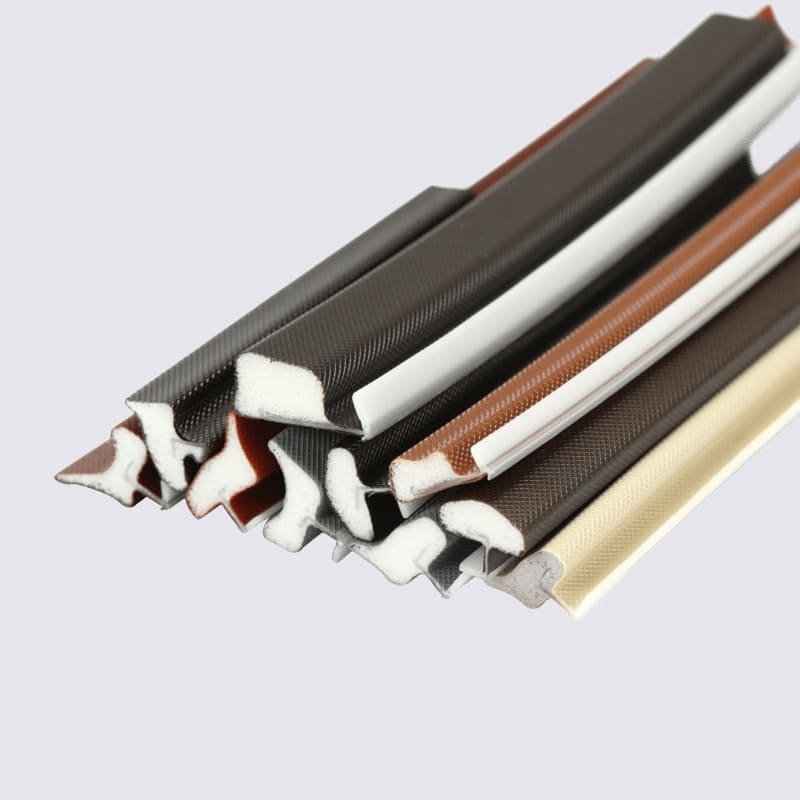The complete system under your vehicle’s hood is designed to operate at maximum efficiency. From the cooling system to the fuel system, everything needs to function properly for your car to run smoothly. Silicone hoses are now becoming a popular choice for replacing outdated rubber hoses due to their durability, flessibilità, and resilience against elements like heat, gas, and oil.
What Are Silicone Hoses?
Car silicone hoses are flexible piping made from medical or automotive grade silicone rubber. Compared to traditional rubber hoosing, silicone hoses offer better heat resistance, higher pressure tolerance, improved abrasion resistance, and ultraviolet light stability. Silicone is naturally inert which means it’s resistant to corrosion caused by engine coolant, olio, gasoline, and transmission fluid.
Benefits Of Silicone Hoses For Car
Resistenza al calore – Silicone can withstand high temperatures up to 400°F while standard rubber hoses start to degrade at 250°F. This makes silicone hoses a perfect choice for parts of the engine bay that get extremely hot like the charge pipes, turbo hoses, and exhaust manifolds.
Oil and chemical resistance – Silicone does not absorb oil, gas, or coolant like rubber does. This implies that silicone car silicone hose will not degrade or break down when exposed to these automotive fluids, keeping their shape and flexibility for a longer period.
Flessibilità – Even at low temperatures, silicone remains extremely flexible. This gives silicone hoses an advantage over rubber hoses that become brittle and inflexible in colder environments. The flexibility of silicone also allows for an easy installation process.
Long lifespan – Due to its heat, chemical and abrasion resistance, silicone hoses can last up to 10 times longer than rubber hoses. This significantly reduces the frequency of hose replacement and decreases maintenance costs.
Leak-proof sealing – Silicone’s self-healing properties ensure that any small tears caused during installation will heal over time and seal up on their own. This makes silicone hoses a reliable choice for high-pressure applications.
Resistenza ai raggi UV – Silicone does not degrade when exposed to UV radiation or sunlight for long periods. This makes it an ideal option for external hoses that are constantly exposed to the elements.
Following The Methods To Silicone Hose Installation
Installing silicone hoses is actually quite easy and most DIY enthusiasts can handle the job on their own with basic tools. Here are the basic steps for replacing rubber hoses with silicone hoses:
Drain the coolant or fluid from the hose being replaced. This ensures a mess-free installation.
Detach any hose clamps from the old rubber hose and disconnect it from both ends.
Remove the old rubber hose and clean the hose fittings with degreaser to remove any residue.
Measure the silicone hose based on the distance between fittings and add at least 1-2 inches for slack. Cut the hose to required length using a hose cutter or a knife.
Slide silicone hose fittings (sometimes provided with the hose) onto each end of the hose or slip the hose directly onto the fittings.
Place hose clamps around the hose and tighten them just enough to securely fit the hose. Do not over-tighten.
Once complete, refill the cooling system or fuel system with the appropriate fluid and thoroughly check all connections for leaks.
Consider installing UV protective sleeves on any external silicone hoses to extend their service life and protect them from UV degradation.




